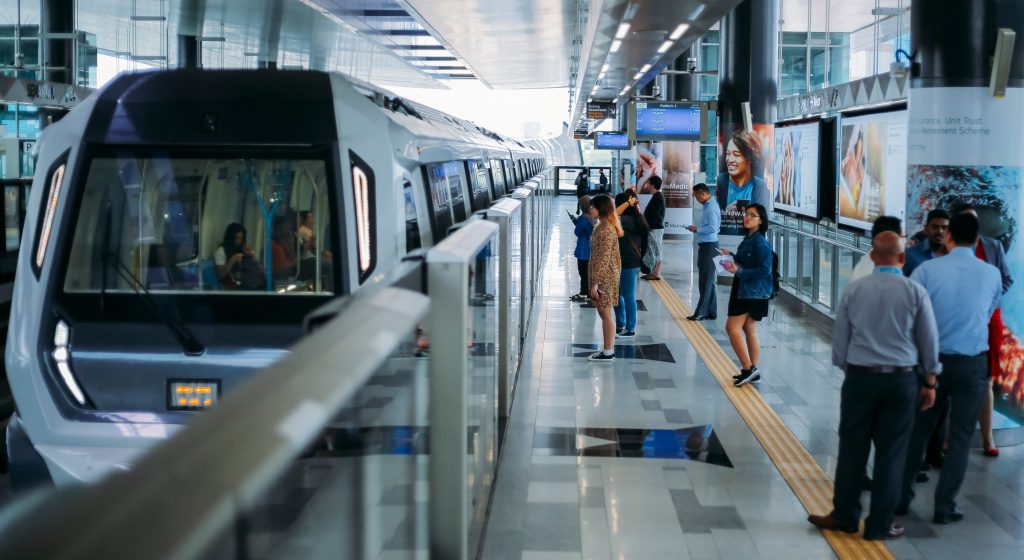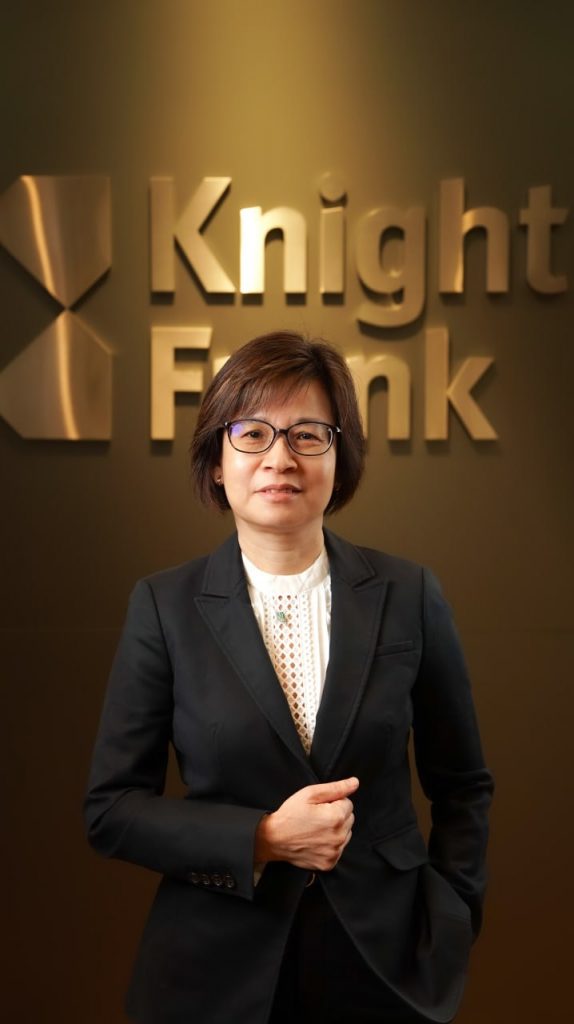
According to PLANMalaysia, a tier-one TOD must have a location in major cities of either regional, national or global importance.
While transit-oriented developments have increased in number, the progress towards efficient, tier-one TODs remain a slow march.
By Yanika Liew
While it has been nearly two decades since the government began encouraging transit-oriented developments (TODs), the exact nature of these developments continues to be misunderstood by the broader majority of Malaysians. If most developments marketing themselves as TODs meet only the base requirements of a TOD – within walking distance of a public transportation station – how far along does Malaysia have to go?
According to the PLANMalaysia general guidelines, there are three tiers of TODs. Tier-one TODs are labelled high intensity, with medium-high intensity for tier-two and medium intensity for tier-three. These developments are designed to be pedestrian-friendly, emphasising walkability and permeability.
“We do not have a lot of tier-one TODs as they are confined to regional and national level city centres at the moment. However, we can see the potential for some developments to be upgraded into tier-one TODs,” PLANMalaysia director general Dr Alias Rameli said.
“This is due to the new expansion of the LRT and MRT network for Klang Valley, the new ECRL and the potential revival of high-speed rail. With proper government support, some tier-2 developments have the potential to migrate into tier-one TODs. For some other cities, they can emerge as new tier-one TODs including the proposed Penang LRT project and Kuching Hydrogen Smart Tram,” he added.
According to PLANMalaysia, a tier-one TOD must have a location in major cities of either regional, national or global importance. It can be at specialised activity areas such as universities, theme parks, airports or port developments. The tier-one development acts as a hub for multiple public transportation types and as such must have more than three types of transportation systems in its station. These TODs should also be mixed developments, incorporating residential, commercial or more.
As the concept remains relatively new, the characteristics of high-intensity TODs differ from country to country. Even more so, specific policies catering to TODs.
In the United States, Los Angeles, the requirements for TOD include on-site affordable housing, with its high-intensity tier at tier-four. Similarly, Alias notes that to ensure that the TOD is inclusive for all but remains attractive, the government suggested that 30% of the development should be affordable.
“To do this, the GPP has proposed that certain forms of incentives should be given such as by allowing an increase of density or plot ratio in exchange for increasing affordable housing and amenities such as schools, open space and mosques to be built within the TOD area,” Alias said.
“We also encourage the reduction of car park allocation of between 20% and 100% depending on the proximity to the centre of the TODs, being the less parking required at the centre of TOD,” he added.
Affordability and accessibility
There appears to be growing demand for TOD projects in the Klang Valley area, likely supported by the improved rail infrastructure network, Knight Frank Malaysia research and consultancy senior executive director Judy Ong said.
However, even with the demand, studies found that in 2021, most TOD units being developed were unaffordable to most of the M40 and the entirety of the B40. Its importance as an efficient form of land and transportation requires inclusivity across all levels of income.
“In Klang Valley, the average pricing for residential components within TOD projects generally ranges from RM600 per sq ft to RM800 per sq ft. This translates to absolute pricing that is higher than the country’s median house price and thus, is beyond the affordability of the B40 and M40 household income groups,” Ong acknowledged.
“However, it is observed that several TOD projects, such as The Atera in Petaling Jaya, Residensi Serasi in Putra Heights, and Jernih Residence in Kajang, also offer affordable housing units to cater to the B40 and M40 household income groups,” she said.
She pointed out that one of PR1MA Corp’s core strategies involves PR1MA transit-oriented developments. In 2022, PR1MA launched Residensi Astrum Ampang, part of a mixed-use TOD consisting of residential, commercial, small-office-home-office (SoHo) and serviced apartment components located approximately 150m from the LRT Jelatek Station.
At the recent tabling of Budget 2024, the government had also announced that it was taking over of the previously cancelled Bandar Malaysia Project on the former Sungai Besi Air Base site.
“Bandar Malaysia is a 486-acre mixed-use transit-oriented development previously undertaken by 1Malaysia Development Berhad (1MDB). The land will be optimally utilised for the benefit of the public, with redevelopment plans including affordable housing projects for veterans and the establishment of parks and green spaces accessible to all residents of the Klang Valley,” Ong said.
When it comes to construction and planning, the development of a TOD has specific challenges for planners and developers.
“The development demands an unconventional planning methodology, with a focus on optimising land resources and available space surrounding transit stations. It necessitates the creation of efficient connectivity, a pedestrian and bicycle-friendly atmosphere, a harmonious blend of building structures and open spaces, and a guarantee of a high-quality living environment,” Ong pointed out.
In line with this approach, she noted that developers needed to consider several key factors.
“It is imperative to establish a collaborative coordination mechanism between Local Authorities and Housing Boards or State Housing Divisions, ensuring that areas around TOD nodes are prioritised for affordable housing,” she said.
“Additionally, comprehensive planning within specific radii of TOD areas, which includes the integration of essential components and facilities like pedestrian networks, commercial zones, green spaces, and place-making, is an integral part of the process,” she added.
When it comes to guidelines for TOD planning, the PLANMalaysia Transit-Oriented Development Guideline 2018 set out nine fundamental planning principles.
“The features of TOD projects can differ based on whether they are situated in inner cities or suburbs, but all TODs should ultimately prioritise place-making. Regardless of their location, achieving this necessitates more involvement from property developers, particularly in the initial planning phases,” Ong said.
Effective property management for TOD projects hinges on careful consideration from the very beginning, starting with the developer's initial blueprint, she noted.
Typically, property management teams would not be engaged during the early stages of planning and design. However, neglecting this aspect could lead to complex issues in later stages. Alongside the master plan, thoughtful planning of facilities and services plays a pivotal role in ensuring successful management.
“We have also identified at least four schemes currently under planning in Klang Valley. These schemes are expected to add at least some 1,605 units of serviced apartments and SoHo units to the existing cumulative stock when they come into fruition in the medium to longer term,” Ong said.
Sustainability in TODs
An often overlooked but crucial pillar of TODs is its inherently sustainable nature, as a development with the aim of optimising land use and decreasing individual vehicle usage, thereby decreasing carbon emissions. However, stations are large, hot and overcrowded.
“Malaysia has committed to preserving our forest cover at 50% of land area and halt deforestation by 2030. The urban population is estimated to make up 86% of Malaysia’s population by 2050. In the effort to reduce urban sprawl, higher-density development is necessary. TODs offer a sustainable solution to achieve this goal,” GreenRE executive director Ashwin Thurairajah said.
“In order to make TODs more sustainable, it is crucial that these projects are green certified,” he pointed out.
Green building certification standards such as GreenRE act as a guide for a design team to holistically incorporate building elements that reduce its carbon impact, reduce resources and waste and improve the health and wellbeing of people.
“To lower upfront carbon significantly impact, use low carbon concrete to reduce operational carbon, and good passive and active design to improve energy efficiency. These are the low-hanging fruit design considerations that are easy to incorporate with minimal upfront cost,” he said.
“For improved health and wellbeing, including reducing the urban heat island effect, incorporation of as many green spaces as possible within available spaces is imperative,” he added.
GreenRE uses the green plot ratio metric to evaluate the effectiveness of greenery applications within the development. This evaluation is done based on the species of plants, for example, larger palms and trees having a higher impact vs shrubs and turfing as well as locating them on as many surfaces as possible, including ground level, roof and walls.
“Most of the development surrounding the TODs after the guidelines have been introduced are still either in its planning, approval or construction phase and therefore its impact is hard to measure,” Alias said.
“Having said that, the TODs application in development needs to be intensified and taken seriously by all sectors for it to be cohesive and successful. The concept of TODs needs to be used and applied by all sectors, not only by the government but more importantly the private sector. Incentives can also be initiated by the private sectors to promote and encourage people to live and work in a transit-oriented development enclave,” he added.

There appears to be growing demand for TOD projects in the Klang Valley area, Ong said.

“Affordability and sustainability are complementary and not mutually exclusive,” Thurairajah said.
Stay ahead of the crowd and enjoy fresh insights on real estate, property development, and lifestyle trends when you subscribe to our newsletter and follow us on social media.














































